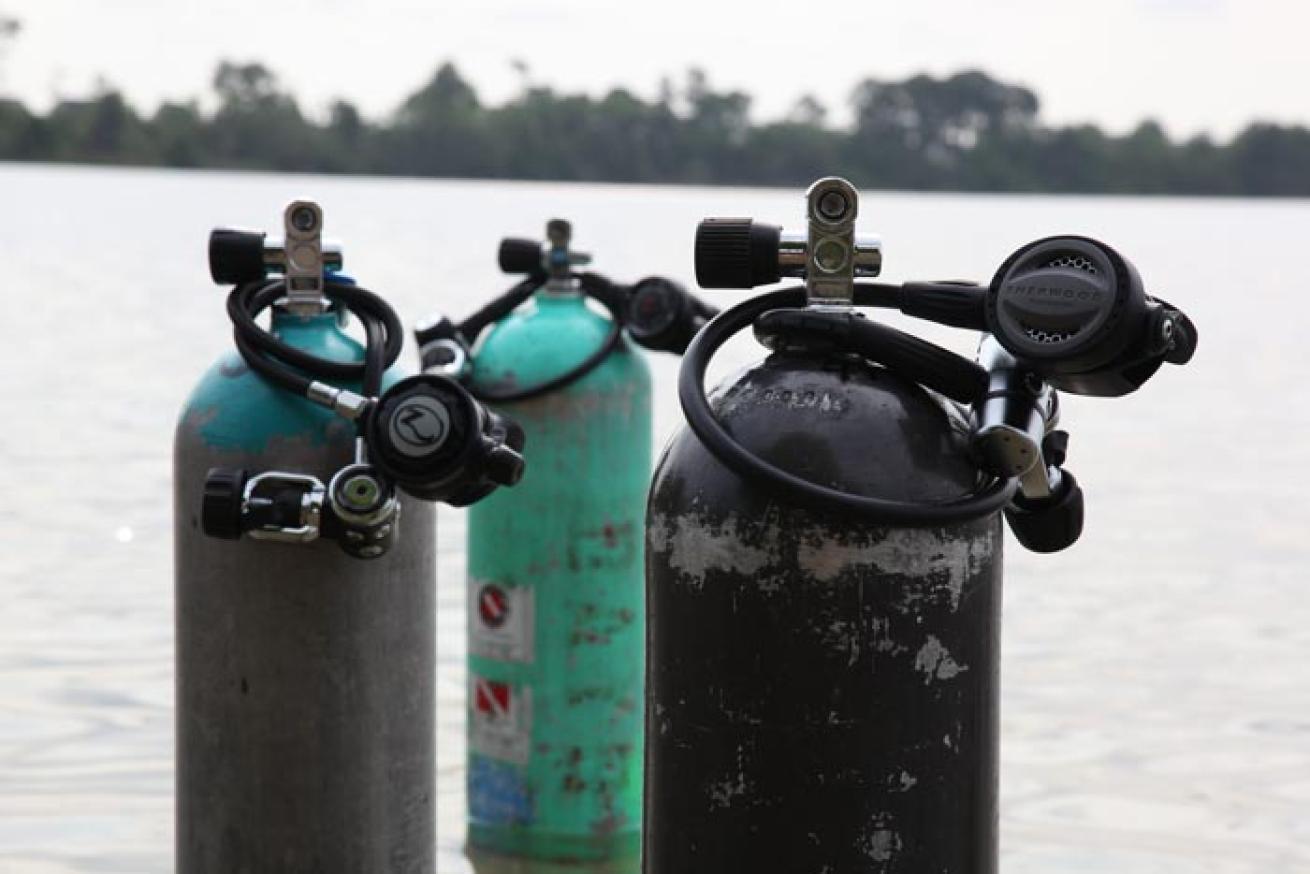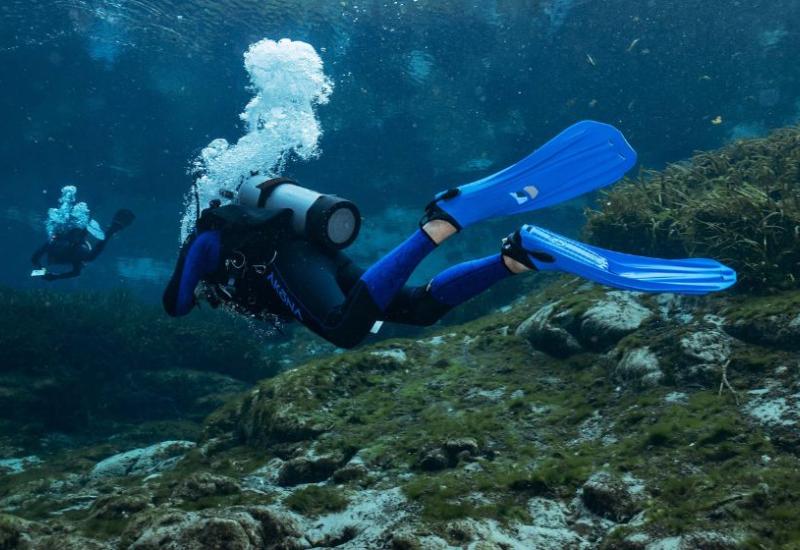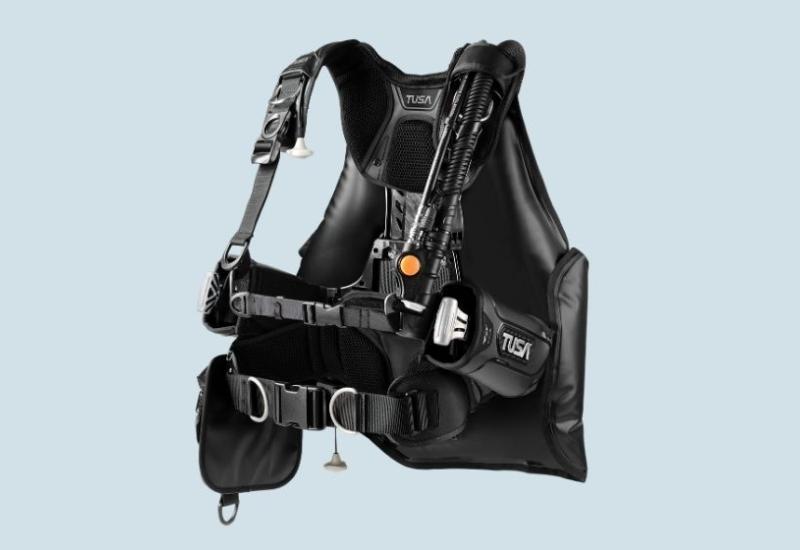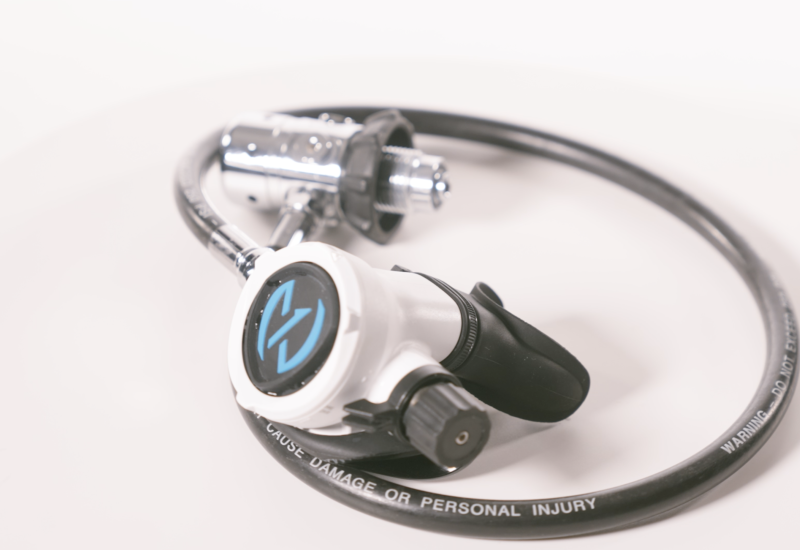ScubaLab: Regulator Tests 2011

SCUBALAB REGULATOR TESTS 2011
Photos: Carrie Garcia, Kaitlin Danca Galli, Kell Levendorf, John Conley and Ryan McClellan
Illustrations: Lane DuPont
For the individual reviews of each regulator, see the “Related Articles” at the bottom of the page.
HOW WE TEST REGULATORS
For this year's reg tests, we invited all major manufacturers to submit their new regulators (either introduced or redesigned since our last test in 2010) for this review. All the regs were tested on a ANSTI breathing simulator and then turned over to a team of test divers. This year’s test group represents a wide range of capabilities, from the economical entry-level to cutting-edge systems with high-tech features. Do you want an entry-level system that breathes great on the reef or do you need a rugged system that can breathe under ice at 100 feet? We’ve got both and everything in between. Best of all, we discovered that you don’t need a lot of cash to buy a great reg.
Dive equipment manufacturers are constantly looking for new ways to squeeze more performance and improved comfort out of their equipment. It wasn’t too long ago that only the most expensive, high-tech regs were able to score above four on our ANSTI testing, and many regulators failed to function or fared poorly in the highest RMV/depth test loop. In our 2008 issue, for example, no regulator under $500 achieved a five in the machine testing, and several over $600 failed to score above a four in any test. This year’s regs shows just how far we’ve come: Only one regulator has a MSRP above $500, and seven of the regulators priced below $500 scored at least one five in the ANSTI tests, with three of those achieving near-perfect marks in all test loops. When it comes to today's regulators, the performance bar has most definitely been raised.
 Of course, laboratory tests can’t tell the entire story, and divers want to know how the regulator will perform in the real world. The story here is just as satisfying: Improvements in first- and second-stage design, such as overbalanced first stages and balanced second stages on mid-priced regulators, have contributed to better breathing performance and improved comfort. While most regulators had one or two issues noted by our divers, none of the regulators received a below average composite score in any test area. Most regulators scored above average in at least one category and several were rated above average in every category, once again exceeding the performance levels of more expensive equipment tested just a few years ago.
Of course, laboratory tests can’t tell the entire story, and divers want to know how the regulator will perform in the real world. The story here is just as satisfying: Improvements in first- and second-stage design, such as overbalanced first stages and balanced second stages on mid-priced regulators, have contributed to better breathing performance and improved comfort. While most regulators had one or two issues noted by our divers, none of the regulators received a below average composite score in any test area. Most regulators scored above average in at least one category and several were rated above average in every category, once again exceeding the performance levels of more expensive equipment tested just a few years ago.
TEST PHASES
When ScubaLab conducts its regulator tests, the regs are subjected to what we call Tier 1 Testing. This is the most intensive and data–dependent testing (regs, BCs, dive computers and fins). Tier 1 testing is made up of three phases:
Phase 1: Lab Tests ScubaLab assembles gear (if necessary), and ensures that all systems work. Owner’s manuals and product literature are collected and reviewed, internet searches are conducted for additional info, and manufacturers are contacted when any aspect of the gear is not clear. The design philosophy behind the gear is considered. Notes are taken on all aspects of the gear in a “dry” test environment. For a chart detailing the features of each regulator tested, click Regulator Features Chart
Phase 2: Objective Tests ScubaLab subjects gear to repeatable test protocols that have been established over the years specific to the particular gear category. Objective tests use machines (ANSTI breathing machine) and the data is represented by numeric scores. For the chart showing the scores from the ANSTI breathing machine tests, click Breathing Simulator Scores Chart
Phase 3: Ergonomic Tests ScubaLab subjects gear to in-water tests, replicating actual recreational diving conditions as much as possible. Ergo tests utilize a minimum of 5 to a maximum of 16 test divers, using protocols specific to the gear category, along with detailed data-collecting sheets and underwater slates. Performance is recorded using both numeric scores and written comments. For the chart detailing the scores from the in-water tests, click Ergonomic Scores Chart
INDIVIDUAL REGULATOR REVIEW SCORING
 Performance Summary
Performance Summary
We’ve included a graph, like the one seen on the right, with each indiviual regulator review shown below in the "Related Articles." The graph gives you an overview of each reg’s best (as well as least positive) characteristics, so you can compare them at a glance. For example, as shown in this sample, if the reg is a dry breather, the line will be pulled toward the edge of the graph indicating that it scored Excellent (or Good) in the Dives Dry category. If it scored lower, the line will be toward the middle.
Testing Areas
In the individual reviews, ScubaLab evaluates each reg in water in six areas, divided into Most Important and Moderately Important.
Most Important
Ease of breathing. Ease of breathing when the diver is in the standard swimming position.
Head up/down positions. Ease of breathing in a head-down vertical or face-up horizontal position.
Dives Dry. Is the regulator a dry breather in all of the standard and different positions?
Moderately Important
Ease of Clearing. How difficult is it to purge the regulator by exhaling and with the purge button?
Comfort. How comfortable is the mouthpiece? Hose length and stiffness? Buoyancy of the second stage? How does the second stage feel in the mouth?
Adjustments. If the regulator has diver-controlled adjustments, how easy are they to find, grip and turn? Do they do their job in a reasonable manner?
TESTERS' CHOICE AND BEST BUY
"Testers’ Choice" ratings are given only to the top-performing gear for that year’s test go-round, as determined by the individual test protocols. "Best Buy" designations are awarded at the discretion of ScubaLab based on the combination of performance and price.
Testers’ Choices for Tier 1 gear categories are based on total numeric scores. (Individual test protocols will be weighted.) For regs, Testers’ Choices are based on adjusted scores for ergonomic performance (actual scores X 3 for “Most Important” categories, actual scores X 2 for “Moderately Important” categories, and actual scores X 1 for “Convenience Elements”), plus numerical scores for simulator performance. Adjusted scoring is also be applied to simulator tests. An actual score X3 will be applied to the Depth/RMW that most closely represents typical recreational diving.
 TEST PERSONNEL
TEST PERSONNEL
ScubaLab staff coordinates and supervises two types of test divers to perform the ergonomic portions of the tests: 1) experienced working divers who carry advanced certifications, and 2) experienced reader/divers who have been chosen based on their experience level, physical condition and attitude. Divers range in age from 20s to 50s; we strive for a 60 to 40 male/female ratio whenever possible.
This year, ScubaLab did something a little different. We conducted two sets of tests in two locations with two sets of divers. The first test team of five test divers and one on-deck supervisor spent two days on the dive boat Spree off the coast of Key West; the second team of seven divers spent two days at central Florida’s Blue Grotto freshwater spring rounding out the tests in a real-world diving environment. Divers rated each regulator in six specific ergonomic categories.
 ScubaLab would like to thank the following people who helped make this year's reg tests a success:
ScubaLab would like to thank the following people who helped make this year's reg tests a success:
Mike Ward of Dive Lab, Panama City Beach, Florida, for his work on the ANSTI breathing simulator.
Floyd Devine, Test Team Supervisor. A PADI Instructor, Devine has managed three retail dive operations and is a graduate of the United States Naval Academy at Annapolis.
Capt. Frank Wasson, Key West, Florida, for the gracious hosting of the first in-water portion of the tests aboard his dive boat Spree.
M/V Spree test team: Bobbi Cooper, John Golden, Mark Gordon, Kelly Levendorf, Michael Pizzio and Samantha Whitcraft.
Ed Paradiso and his staff at Blue Grotto Springs, Williston, Florida, for their help and courtesy during the second in-water portion of the tests.
Blue Grotto test team: John Conley, Evan Culbertson, Katy Danca Galli, Floyd Devine, David Espinosa, Tim Griggs and Patricia Wuest.
BONUS CONTENT
To read an article on Regulator Maintanence, click here.
To read an article on Balanced vs. Unbalanced Regulators, click here.
To read an article about the basic operation of regulators, click here.










